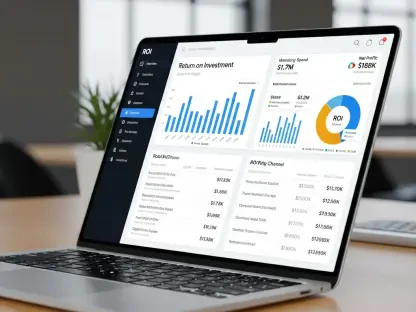Make it short, but exactly how short? This question is bound to appear when composing business emails. Whether the previously sent emails did not register the expected success rate, or just that someone is at the beginning of his or her email sending activity (or at a turning point), it is always good to check what are the specialists’ recommendations. When prospects don’t even open over three quarters of the received emails, the quest for better headlines, content and length is up and running. What is the best email length after all?
Hubspot analyzed a 2016 study coming from Boomerang to see the dos and the donts of business email, content-wise and length-wise. The study, based on 40 million emails, revealed that neutral emails are to be avoided, as well as excessive flattery. Moreover, the entire message body should take between 50 and 125 words – a length that registered the best response rates, with over a half of prospects reacting via a response.
Another Hubspot article includes the headlines in this entire length conundrum: how many words should they have?
Considering how the email headline can determine whether or not the recipient opens your message or just passes it along to the Trash section, the idea of a perfect headline may stimulate some authors, while completely paralyzing others.
It never is too late to focus on some clear parameters, so here’s the ideal headline length: a maximum of 50 characters for your subject-line should suffice.
In what the email body is concerned, instead of a clear length recommendations, this time the source provides a couple of useful questions to run before establishing an optimum length for each particular email (or email category):
- Who is the recipient (know your audience)?
- What are your topic and email purpose?
- What category of email does it belong to (cold email, regular updates, promotional, scheduled newsletter)?
An impressive experiment – best best email length and content
In an attempt to check how email tactics pay off, Fast Company’s editors sent 1000 cold emails to some of the busiest business executives: 500 C- and VP-level people from the Fortune 500, and 500 C-level people from the Inc 500.
They performed tests with variables in the subject-line, closing formulas, email length and requested favors. Out of the entire lot, 293 emails bounced, and only 12 out of 707 recipients responded to the message.
Judging from the example in Fast Company’s article, the length of their emails was somewhere in the vicinity of 190-200 words. Although the two editors focused on the type of email content that is best to consider when sending cold emails, rather than on the length itself, we can see how longer emails do not help in raising the recipient’s attention when a previous contact hasn’t been established. The main conclusion in this experiment was related to another email quality: personalized emails work miracles. Nevertheless, you can personalize your message while keeping within the boundary of 50-125 words.
Another thing worth underlining is this: if Hubspot mentioned including relevant links as a method of shortening the email body text, one of the relevant responses received by the Fast Company’s editors clearly stated that clicking links from a less trusted email is not a valid option. So, forget about the links and try to compose a personalized, clear and short message.
Email body – the guiding rules
Once you went through the standard questions in establishing your audience, purpose and email category (see above), assembling the proper-length text should take into account one radical question your recipient will have to find a quick answer to: “what’s in it for me?”, abbreviated as WIIFM.
Email content should manage in making the answer to this main question come out loud and clear, as soon as possible once the recipient decides to browse the received email. More exactly in the span of 15-20 seconds usually spend on each opened email.
An older article on email length clearly states (and proves it) that the text should be concise and to the point, avoiding to give too much information, but nevertheless being able to raise the readers’ interest.
A straightforward call to action represents the peak of the email message – therefore deciding where to place and how to structure this essential part of the text is another sensible matter.
To summarize, when composing a business email, try to:
- Keep the title under 50 characters and the email body under 125 words;
- Make it concise and logically structured;
- Minimize distractions that could blur your main message;
- Choose the best layout for attention grabbing, keeping in mind that usually the recipient scans the email first; try not to go over the board (avoid contrasting colors and exaggeratedly bright nuances, space your message well and group your ideas to make sense – see the previous recommendation);
- Build up your message towards the call to action (which should stand out) and perhaps reaffirm the same CTA several times during your email;
- Test your email with on-premises neutral team members to see their response;
- Always learn from your mistakes; in order to be able to do that, measure the results of your outgoing emails and compare different measurements (and different email structures) in order to form an idea on how your emails might improve over time.
As a final thought, try and always see your own email with somebody else’s eyes. Would you read, for example, that particular email, if it appeared in your Inbox? Consider the fact that you don’t know the sender (if it’s meant to be a cold email), or that your email tie is limited – just use your imagination to critically review your own material.
If the message passes this test and remains viable, it may be a sign you are on the right track. Keep aiming for improvements and upgrades and never lose sight of the latest trends, insights and innovations.









